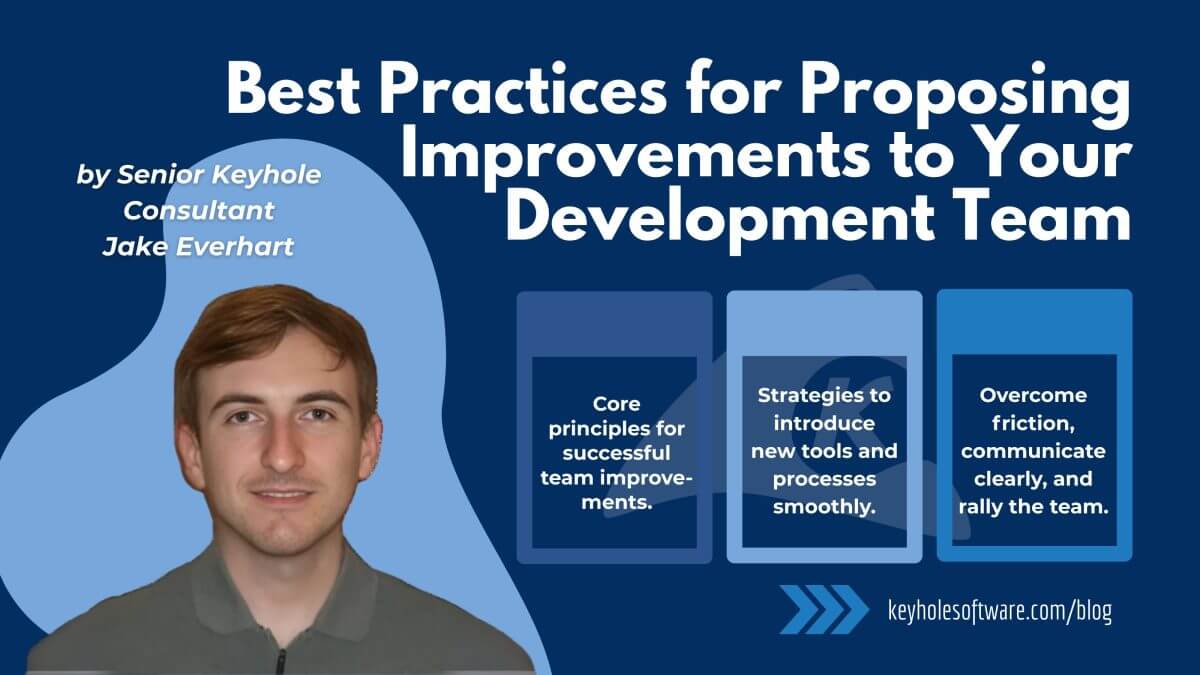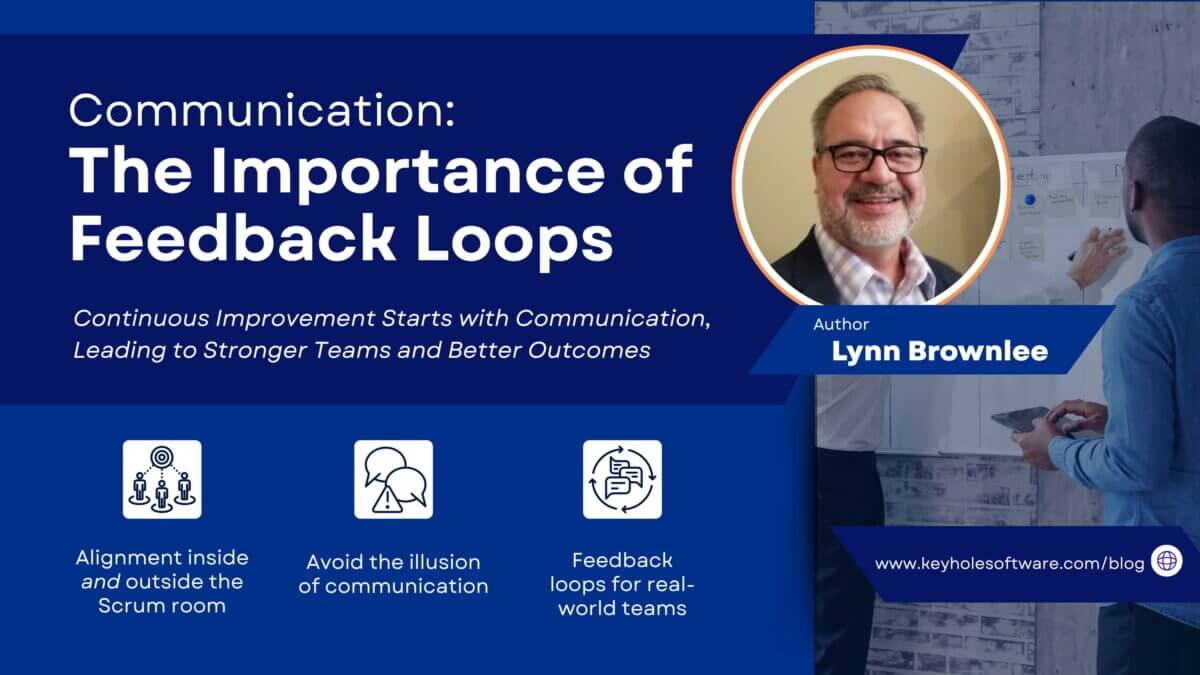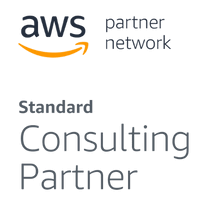Working within a software development team has tremendous benefits, but it also comes with its share of complications. One of those complications is inertia – the more people who get used to a process or a certain set of tools, the more difficult it can be to introduce changes. Maybe this manifests in a positive way, where repetition and familiarity …
Communication: The Importance of Feedback Loops
Effective communication isn’t just about sending messages; it’s about knowing they landed, were understood, and acted upon. In agile software teams, short feedback loops are one of the most powerful ways to reduce misunderstandings and build alignment. Here’s why they matter and how to build them—both inside and outside the development team room.
“The hardest part of any project is communication.” ~Lynn Brownlee
Hands-Off JIRA Automation: Streamlining CI/CD for Agile Teams
In this blog, we’ll explore how CI/CD automation with tools like JIRA Cloud, Jenkins, Slack, GitHub, SVN, and Postman benefits Agile teams as a whole. Whether you’re new to Agile or are working with an experienced team, automation can significantly reduce “JIRA paperwork” while keeping everyone focused on delivering value. By streamlining repetitive tasks, teams can spend more time on …
The Foundations of SAFe: Part III (Benefits, Drawbacks, + Practical Application)
You’ve officially made it! We’re almost ready to wrap up our conversation about the Scaled Agile Framework. In case your memory is hazy, I’m a senior consultant and team lead on the Keyhole Software team. I’ve been working with a client who is adopting SAFe, guiding their team and helping to set the right culture for the methodology. I’ve learned a lot about SAFe over the past year, and in this blog series, I’m sharing what I’ve learned with you.
In this final series installment, we’re getting a bit more practical. We’ll start with a quick foray into the benefits and the drawbacks of implementing SAFe (we’re all about balance here). Then, I’ll talk a little more about what it looks like for small teams, and after, I’ll share some tips for devs who find themselves in an organization that uses SAFe. To wrap up, we’ll get down to it; should you implement SAFe on your team? I’ll talk you through a few factors that should help you decide.
Before we get started – if you’re new here, head to Part I (Overview + Core Values) and/or Part II (Core Principles) before proceeding. If you’re caught up, great! I think we’re ready to dive in.
The Foundations of SAFe: Part II (Core Principles)
Welcome back to Part II of our series covering Scaled Agile Framework. As a quick refresher, I’m a lead consultant at Keyhole Software, and for the past year, I’ve been helping my client adopt SAFe methodologies and practices. I’ve certainly learned a lot, and I want to share that knowledge with you.
Last time in Part I, I gave an overview of SAFe and discussed the four core values: Alignment, Transparency, Respect for People, and Relentless Improvement. Today, we’ll dive a little deeper, talking through SAFe’s ten core principles. Next time in the third and final installment, we’ll take a practical look at the pros and cons of SAFe and some tips for implementing it.










